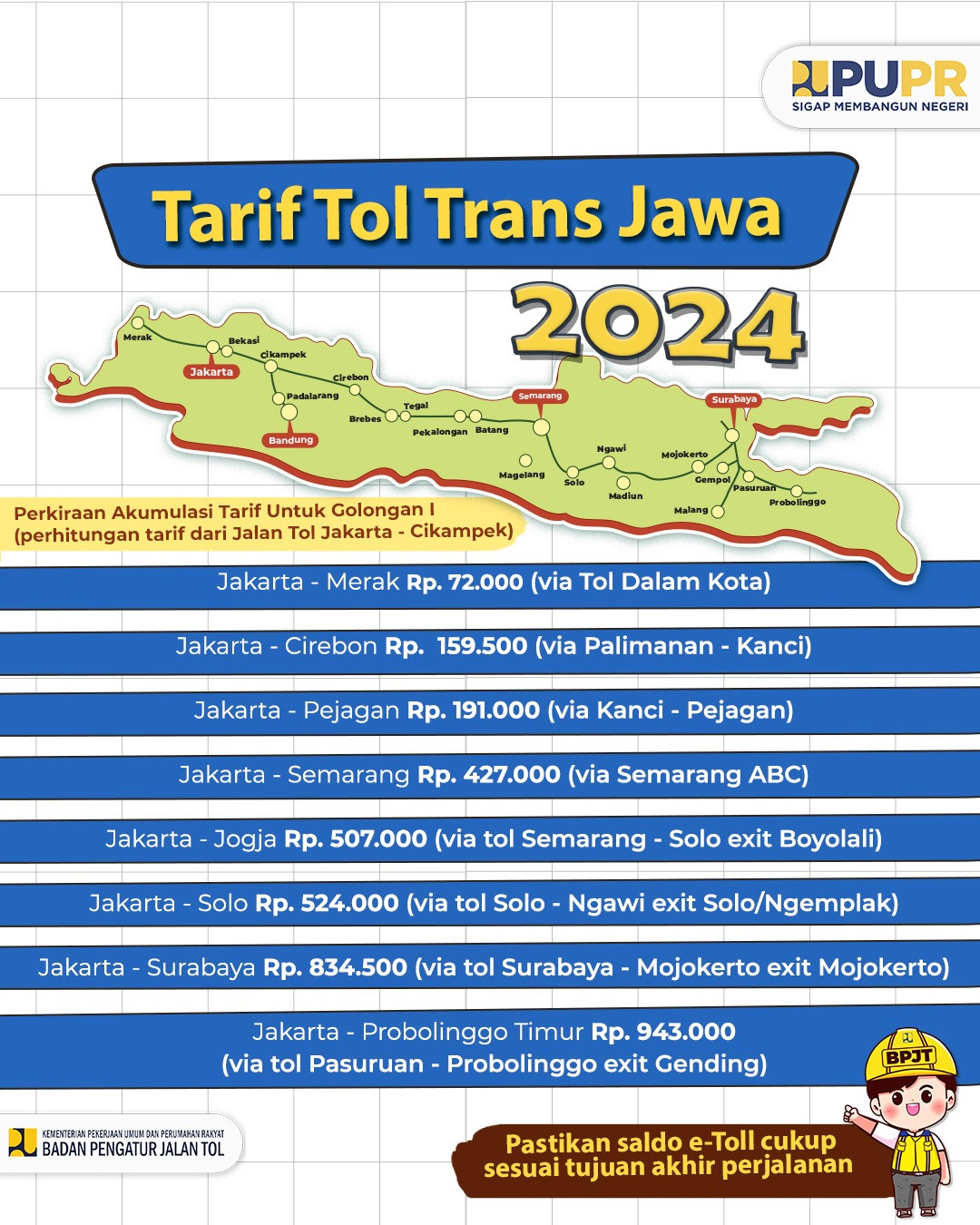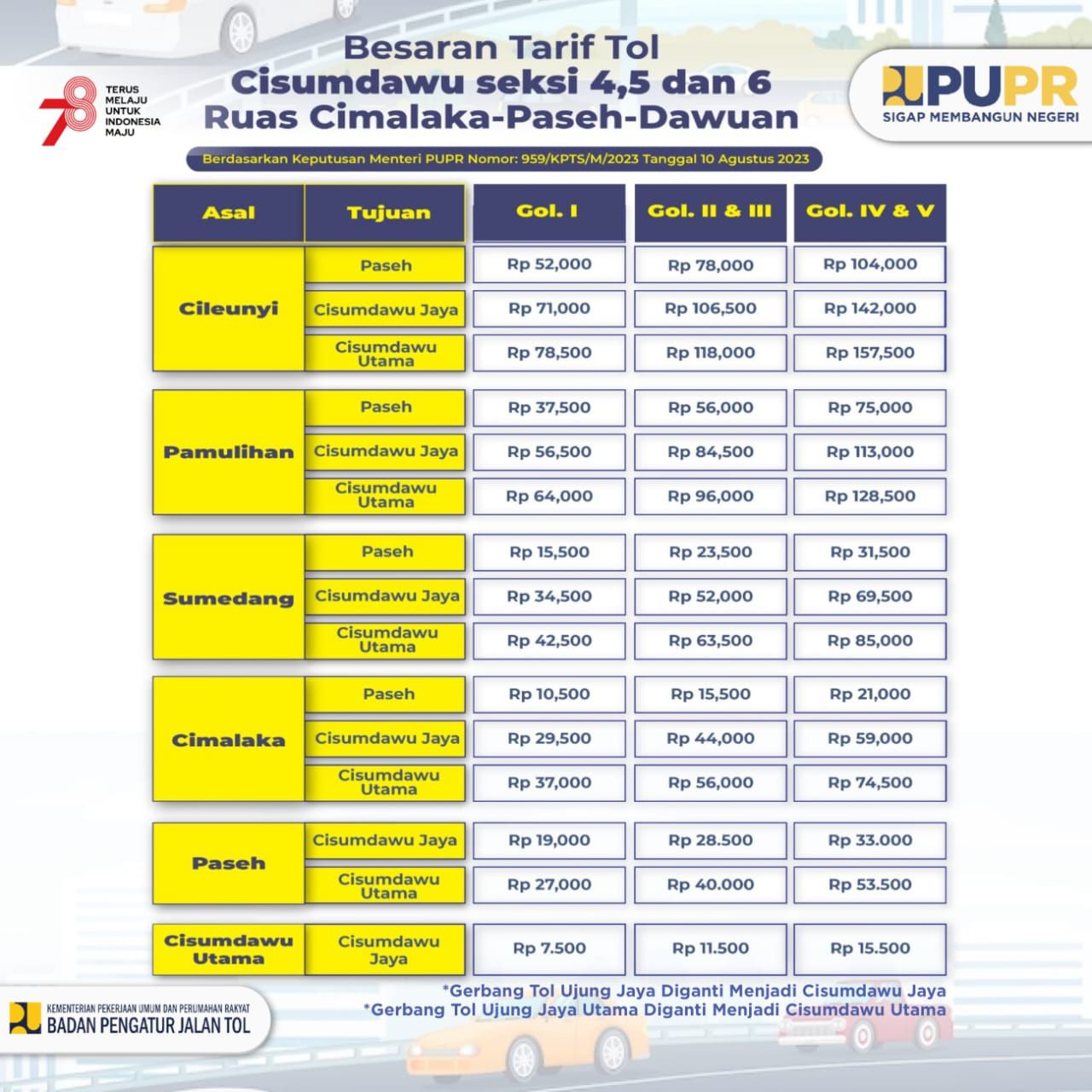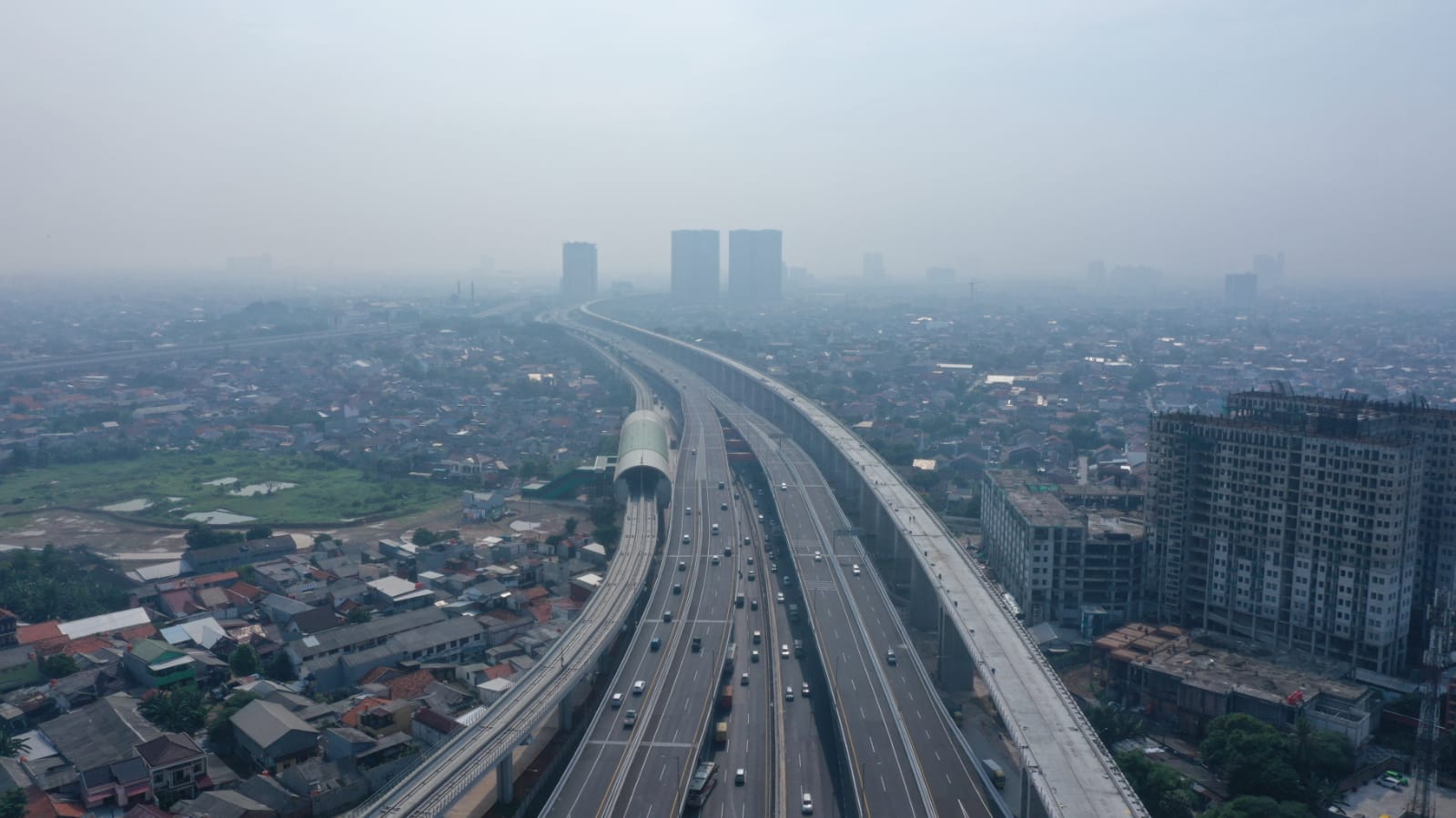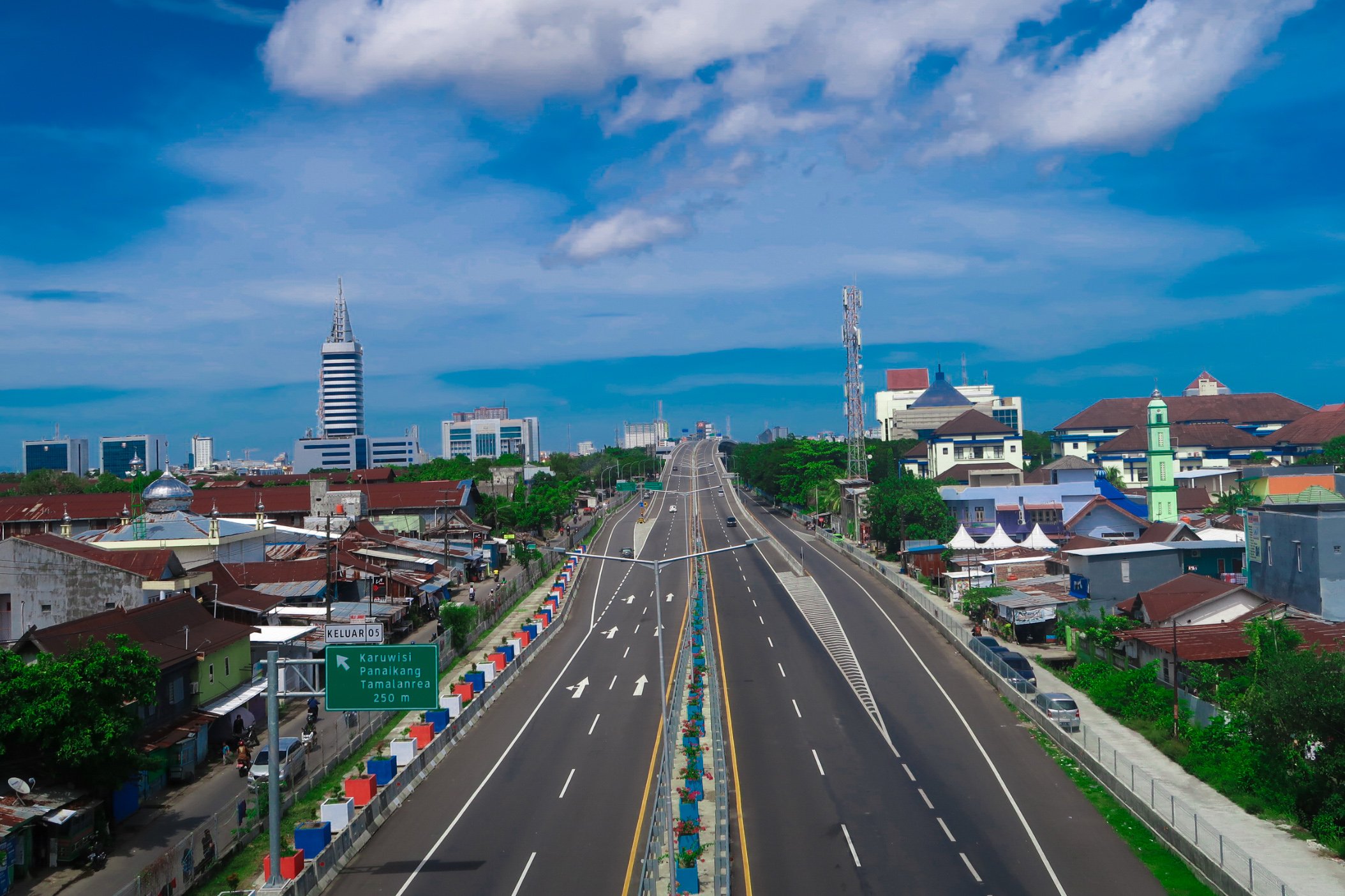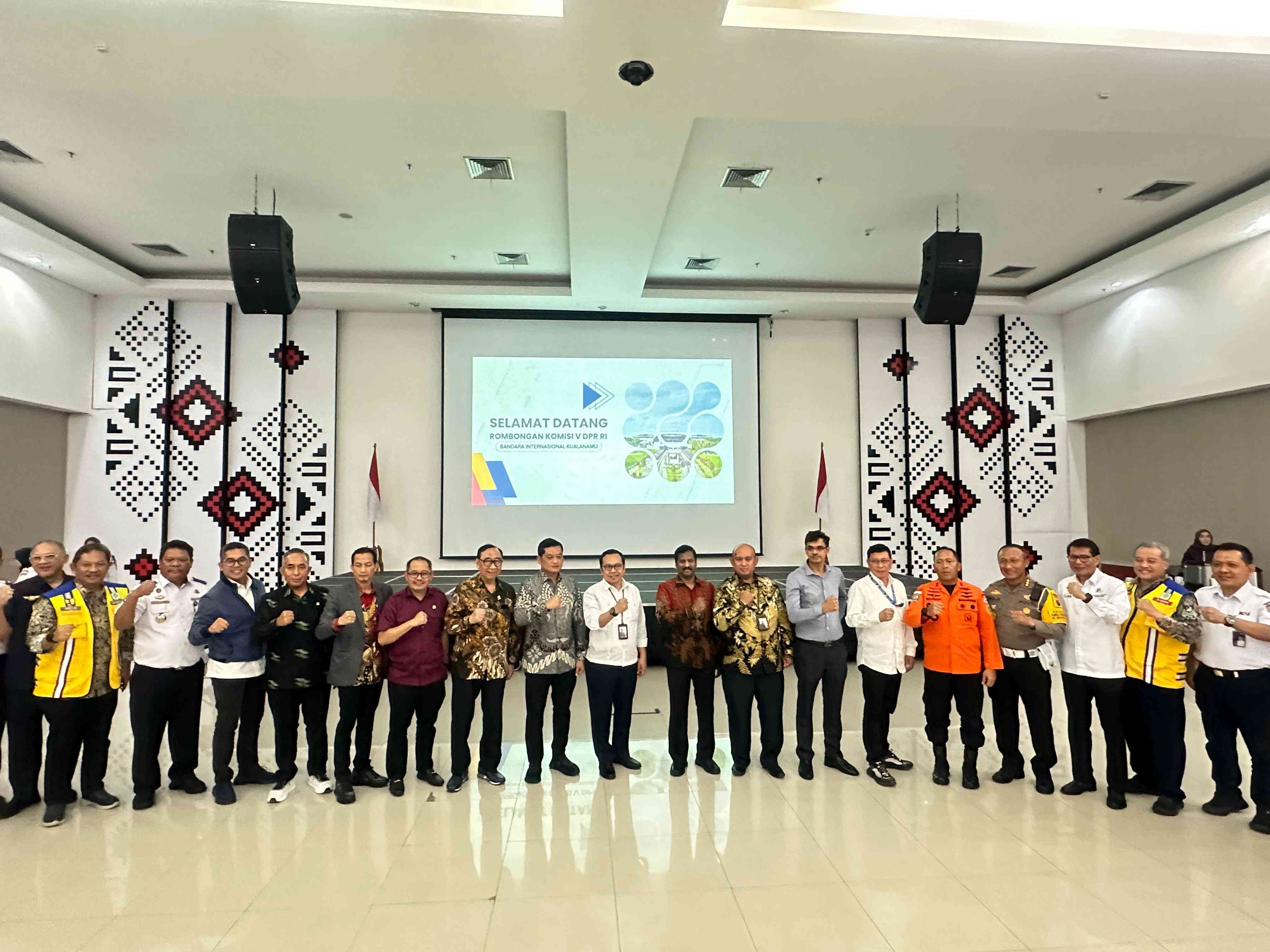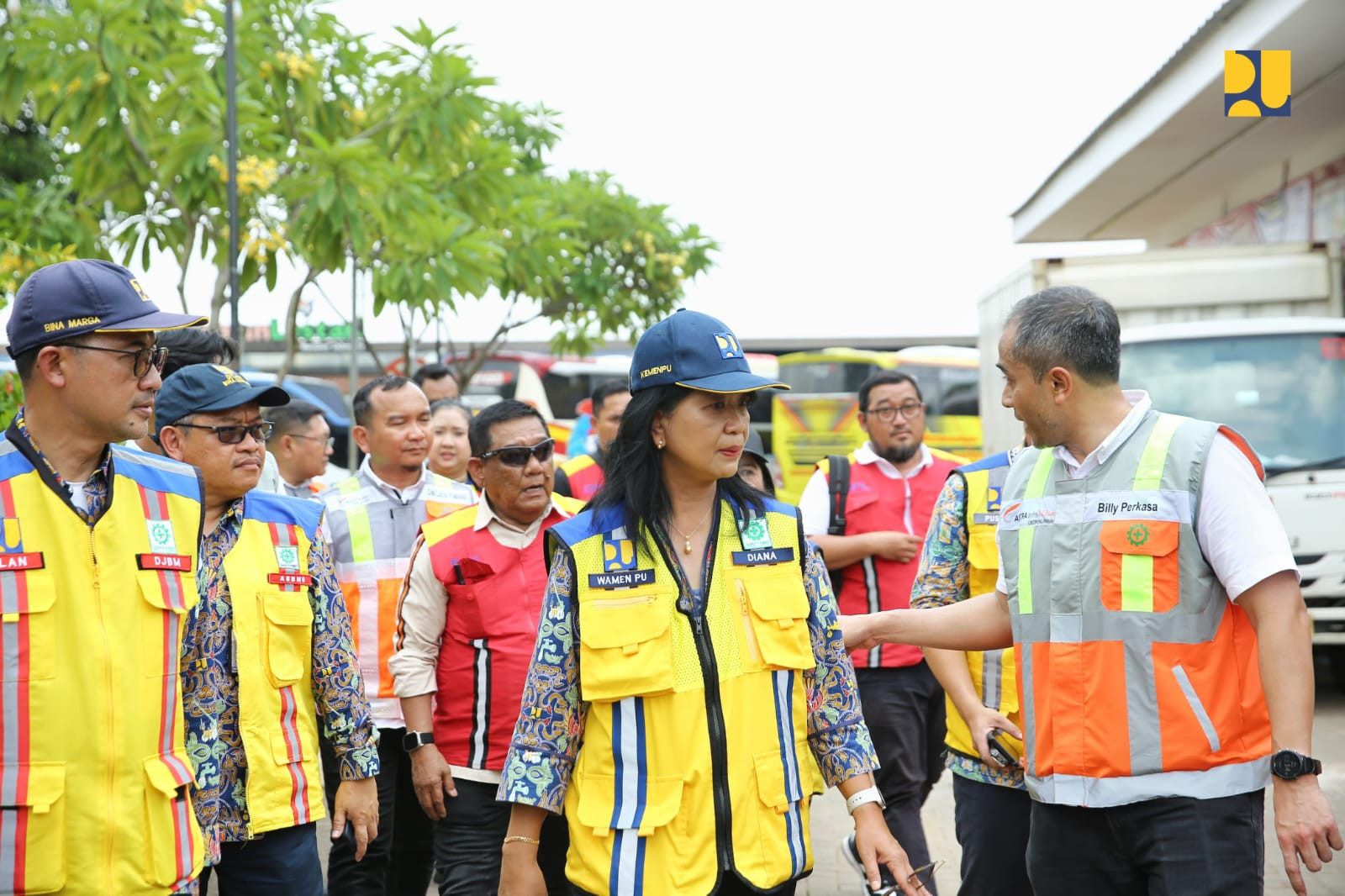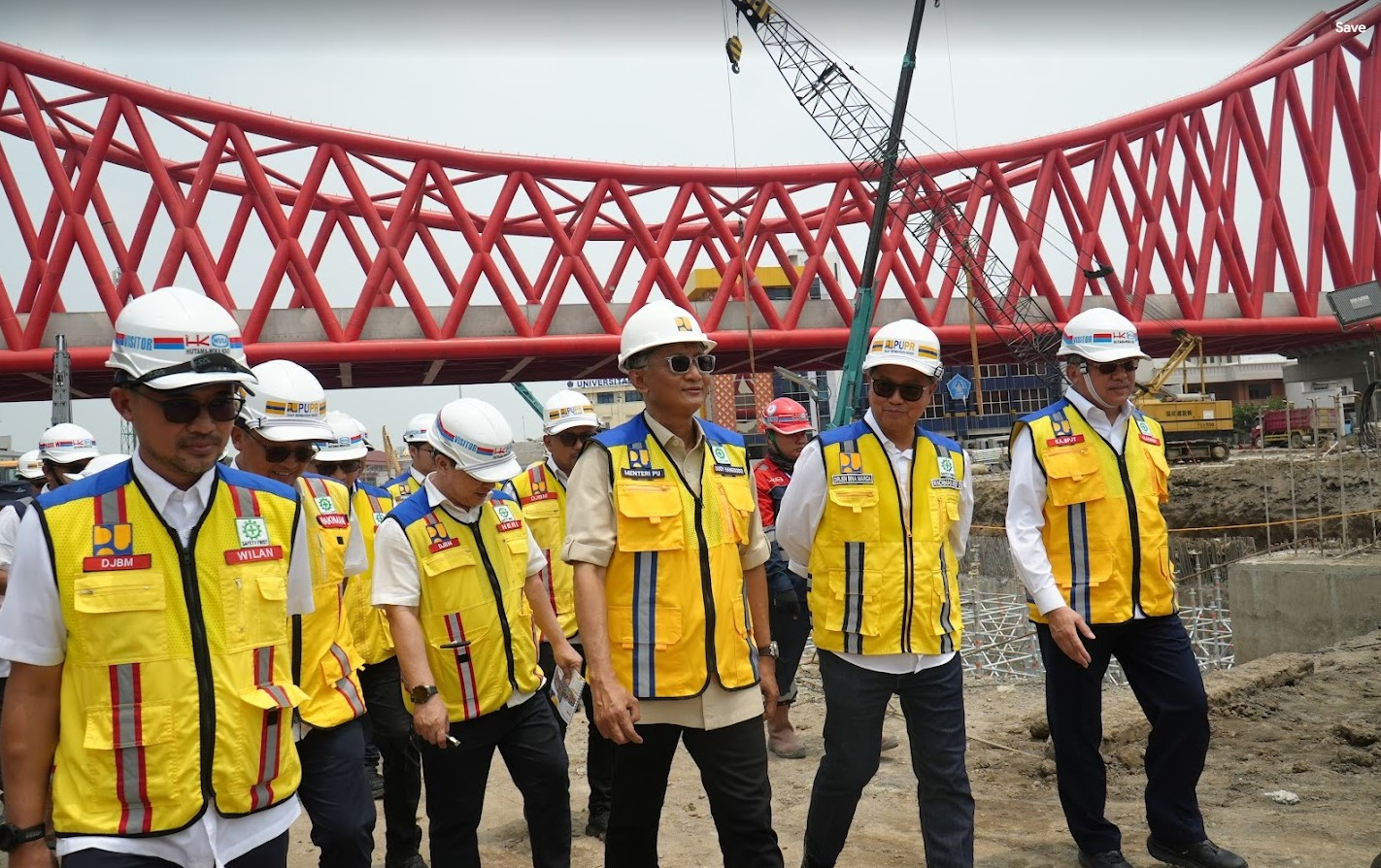Interactive Dialogue "Application of Smart Technology in Monitoring Toll Roads" by BPJT
Starting in 2011, Indonesia has entered Industry 4.0. This is characterized by increased connectivity, interaction and boundaries between humans, machines and other resources through information and communication technology.
Indonesia currently has 10 Making Indonesia 4.0 National Priority Strategies, including: improving material flow, redesigning industrial zones, improving the quality of human resources, empowering MSMEs, investing in technology, establishing innovation ecosystems, attracting foreign investment, harmonizing rules and policies, building infrastructure national digital, and accommodation sustainability standards
The Ministry of Public Works and Public Housing (Ministry of PUPR) began to make changes in industrial business processes 4.0 through digital physical, connectivity & computer power, human - machine interfaxe, and intelligent analytics to improve efficiency, reduce production costs, and improve production processes.
The PUPR Ministry held the PUPR 4.0 Expo Exhibition event which was held in the Multipurpose Room, the Main Building of the Ministry of Public Works and Housing from 11 February to 15 March 2019. This activity was aimed at product publications and innovations of the Ministry of PUPR in the era of industrial revolution which promoted internet-based services.
BPJT participated in the exhibition by holding an Exhibition from 18 - 22 February 2019. One of the events held by the BPJT was the Interactive Dialogue "Application of Smart Technology in Supervision of Toll Roads", Thursday (21/2). The event was opened by the Head of BPJT Mr. Danang Parikesit accompanied by the Head of BPJT General Section Mr. Mahbullah Nurdin, by presenting the guest speaker Mr. Rizky Aditya Saputra from PT. Marga Mandalasakti, Mrs. Fitri Wiyanti and Mr. Agus Sofian from PT. Jasamarga (Persero) Tbk. The dialogue was attended by students of the Faculty of Civil Engineering, Tarumanegara University.
In his remarks, the Head of BPJT said that from 1978 to 2018 the toll road that had been built by the Government was 1,577 Km, along with the increase in the length of the toll road it would of course be accompanied by modernization in the toll road system.
One form of modernization in the system is to implement non-cash transactions carried out simultaneously across all toll roads since 31 October 2017. "Non-cash transactions on toll roads are a modernization of the toll payment system to increase speed and efficiency on the toll road." Said the Head of BPJT .
Along with the development of current technology, the Government is targeting the implementation of Multi Lane Free Flow (MLFF), namely the process of non-stop toll payments (toll road users do not have to stop vehicles at toll gates). The stages towards developing the MLFF must be preceded by the realization of the behavior of toll road users who are already accustomed to non-cash payments.
Infrastructure growth especially on toll roads should be accompanied by technological developments. In the dialogue, explained by the speaker Mr. Rizky Aditya Saputra from PT. Marga Mandalasakti, one of the technologies in toll road supervision is WIM (Weigh In Motion) that has been applied to the Tangerang - Merak Toll Road. WIM is a device / system of scales that can measure the load of a vehicle in a moving state that passes on the scale. Scales in the form of sensor rods that can send heavy signals into the data box.
The benefits of installing WIM are collection of statistical data such as the number of vehicles / hours, vehicle classification, vehicle weight, other benefits are the system of detection, monitoring and regulation of vehicle overload.
In addition, Ms. Fitri Wiyanti and Mr. Agus Sofian from PT. Jasamarga (Persero) Tbk. explained other technologies in toll road supervision, namely Smart CCTV installed on several toll roads and rest areas owned by PT. JM. It was explained that basically Smart CCTV has the same capabilities as CCTV in general, only the advantages of Smart CCTV lie in its ability to identify an object and obtain data and information from that object.
Smart CCTV features include counting the number of vehicles / traffic counting, calculating vehicle queues at toll booths, calculating the speed of toll road segments, Automatic Number Recognition Plate (ANPR), and law enforcement (over / lower speed, shoulder crossing, illegal shoulder )








